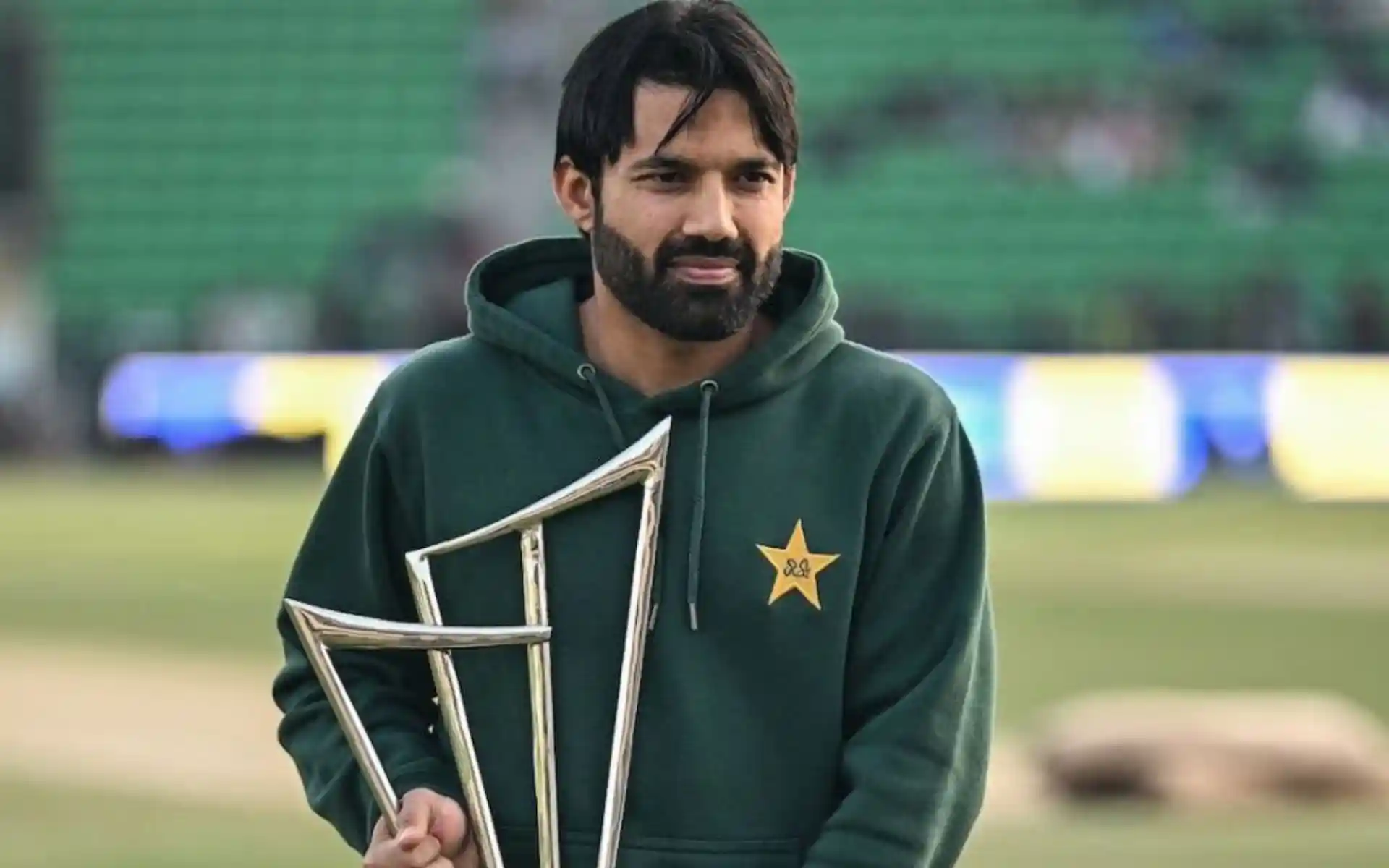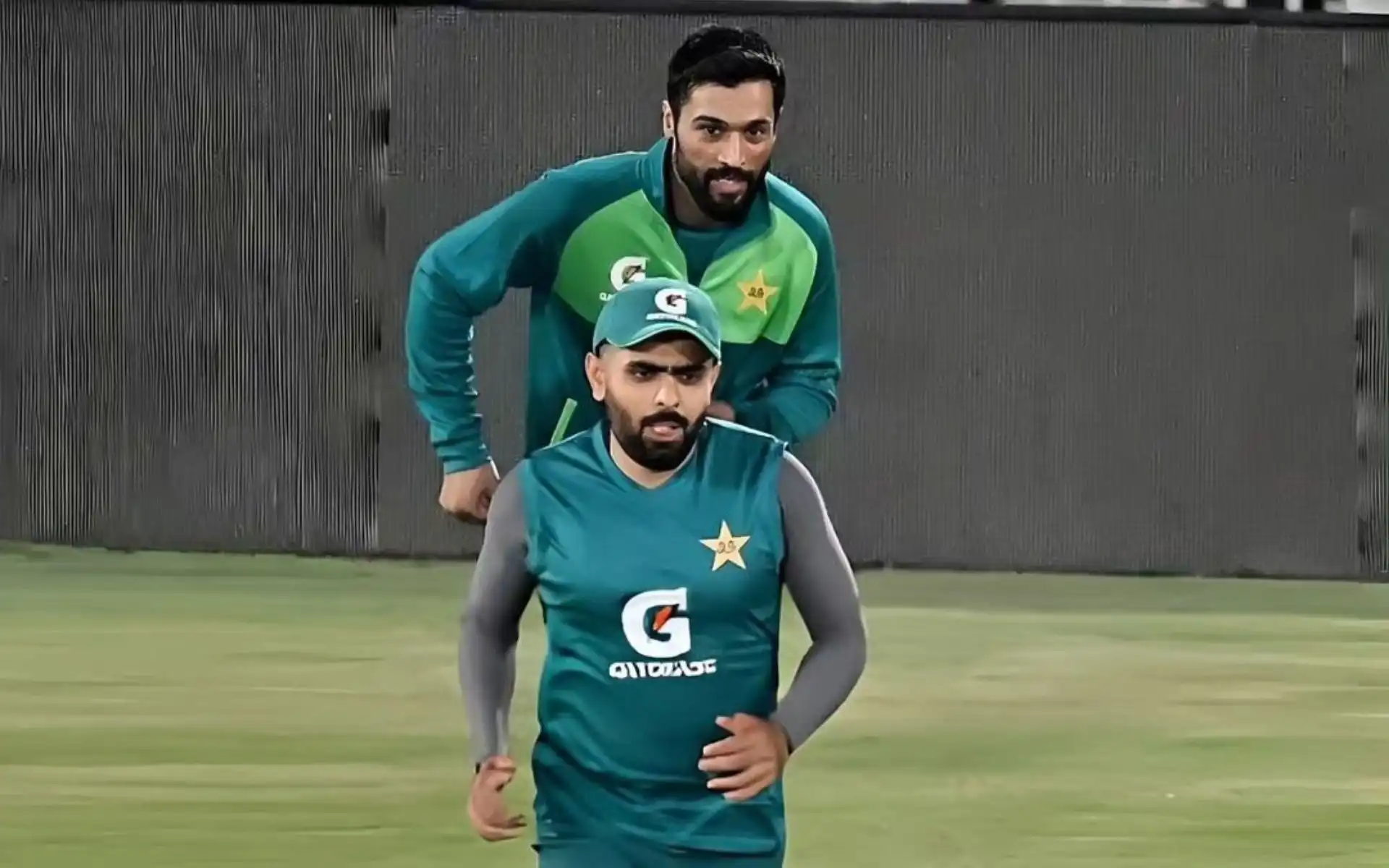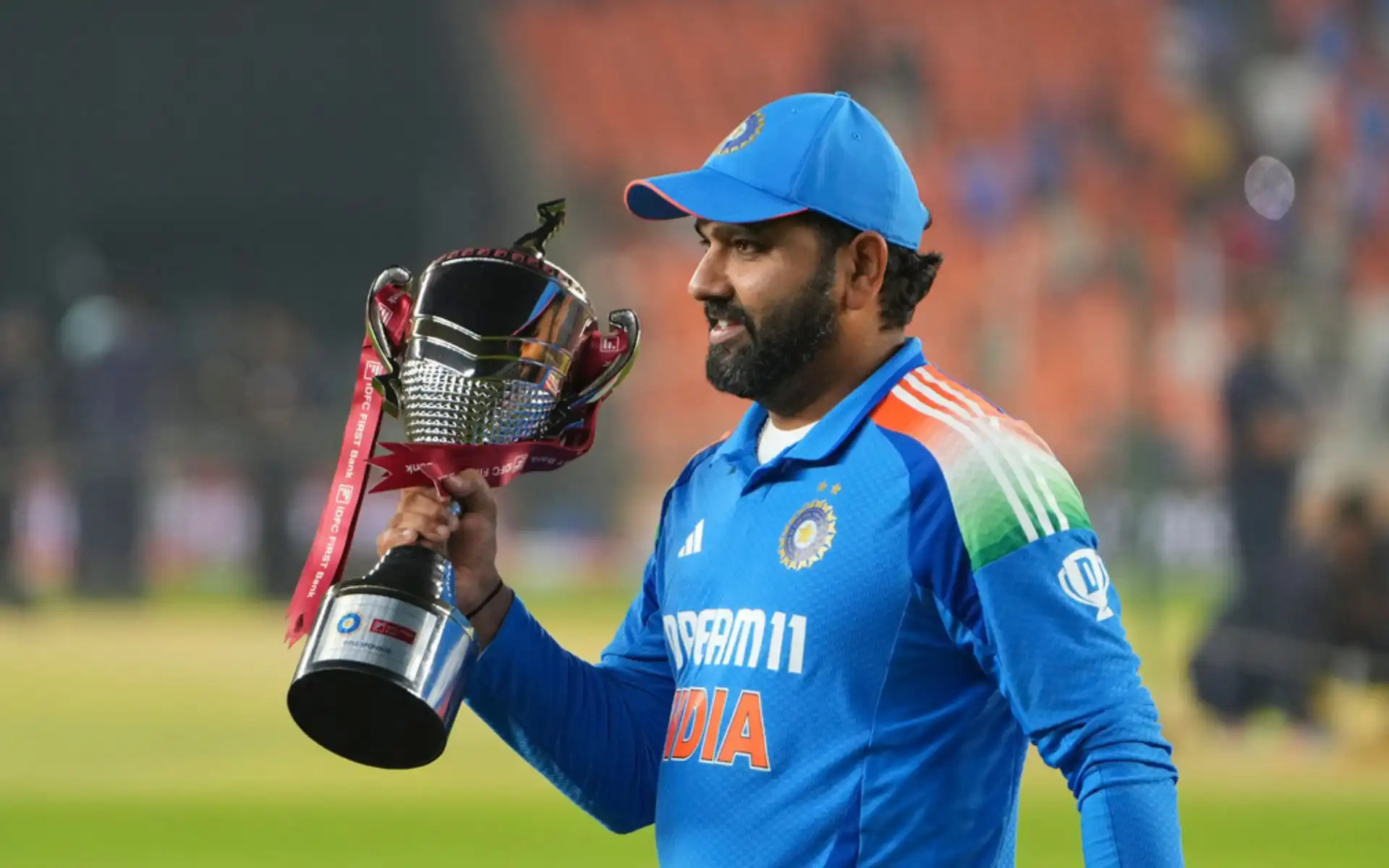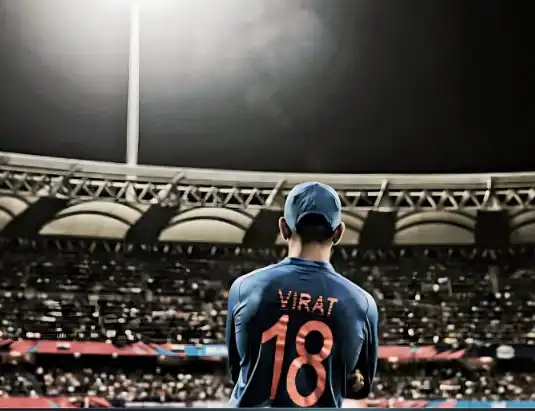![The Greatest Rivalry: India vs Pakistan [Source: @paul_iraa/x.com]](https://onecricketnews.akamaized.net/parth-editor/oc-dashboard/news-images-prod/1739612360043_INDvsPAKnetflixdocumentary.jpg?type=hq) The Greatest Rivalry: India vs Pakistan [Source: @paul_iraa/x.com]
The Greatest Rivalry: India vs Pakistan [Source: @paul_iraa/x.com]
The cricket rivalry between India and Pakistan has often been described as a clash of titans. It carries an emotional weight that sometimes overshadows the game itself with the stakes feeling higher than the Himalayan peaks.
The recently released ‘Netflix’s The Greatest Rivalry: India vs Pakistan’ captures that intensity by zooming in on a decade (1999-2008) when bilateral tours were in full swing and tensions ran hotter than a summer in Karachi.
But like a batsman caught in two minds against a spinning delivery, the documentary does not quite hit the sweet spot. However, it tosses up enough intriguing moments to keep us hooked. Here are five highlights that stand out from the documentary.
1. Rivalry Of Epic Proportions
In cricket history, the Ashes between England and Australia is often considered as the pinnacle of rivalries. However, the documentary drives home the point that India vs Pakistan can overshadow even that storied contest.
While most cricket connoisseurs swear by the history of The Ashes, Indian off-spinner Ravichandran Ashwin boldly declares the India–Pakistan rivalry “bigger” than the Anglo-Aussie face-off, a sentiment echoed by many interviewed. If this were a Bollywood potboiler, there would be dramatic zooms and thunderclaps the moment he said it.
The documentary shows how matches between these two neighbours are not just a sporting event but a spectacle that brings life to a grinding halt on both sides of the border.
From busy bazaars to corporate offices, everyone is glued to the screen, heart pounding like a drum roll. And that is exactly why IND vs PAK encounters often eclipse The Ashes.
2. The Sehwag-Shoaib Battle
If India-Pakistan cricket is a blockbuster movie, then the rivalry between Virender Sehwag and Shoaib Akhtar is the high-octane chase scene. Watch Akhtar charging in like a runaway train, only to be sent packing to the boundary by Sehwag’s fearless strokeplay.
Few moments in world cricket can match the adrenaline rush of these two iconic players going toe-to-toe. The documentary replays their duels with relish. Akhtar’s sledges aimed at unsettling Sehwag and Sehwag responding with nonchalance by smacking the daylights out of the ball.
The crowning glory came at the 2004 Multan Test where Virender Sehwag notched up a triple-century and left Pakistan’s pace battery stunned. It was like watching a game of cat and mouse, except the mouse decided to roar like a lion.
3. Safety First, Cricket Second
When India toured Pakistan in 2004, the shadow of the Kargil War still loomed large. Sourav Ganguly describes the mammoth security presence and how the team’s arrival ground the airport to a standstill.
Meanwhile, Shoaib Akhtar colourfully mentions how Indians initially feared setting foot on Pakistani soil ‘What if there’s an attack?’ was a genuine anxiety.
If cricket is often romanticized as the gentleman’s game, reality can sometimes deliver a rude awakening. To everyone’s relief, the series went off smoothly with India winning the ODI series 3-2 and Test series 2-1.
The documentary did well to capture the sense of unease and the relief that followed once matches began and the crowds roared together for good cricket as it left political baggage, momentarily, at the door.
4. The Deadly Art of Reverse Swing
For fans of fast bowling, one phrase stands out like a neon sign: reverse swing. For decades, it was the Pakistani arsenal’s best-kept secret, passed down through generations like a family heirloom. The documentary gives us a quick masterclass in how Pakistani pacers used this unpredictable art form to scythe through batting line-ups.
We see Waqar Younis talk about how reverse swing became their “trump card,” while legends like Sunil Gavaskar doff their caps to the likes of Sarfaraz Nawaz, who pioneered the craft.
Indian opener Virender Sehwag calls it the “most dangerous weapon” in Pakistan’s bowling quiver, small wonder that batters felt they were walking on eggshells every time the ball started swinging in the opposite direction.
5. The Curious Case Of Missing Legends
For a series purporting to chronicle India-Pakistan cricket at its zenith, the documentary leaves out two of India’s greatest icons Sachin Tendulkar and Rahul Dravid as clearly as a missing piece in a jigsaw puzzle.
Dravid, famously known as “The Wall,” was central to India’s success during the 2004 series. Yet, his voice is missing in action. And how does one talk about India-Pakistan cricket without the “Master Blaster”?
In fact, the infamous 2004 episode where Dravid declared the innings while Sachin was stranded on 194 remains one of the most dramatic talking points in Indian cricket and it’s nowhere to be found in the documentary. For many fans, this absence felt like leaving the best bat on the bench.
Conclusion
The Greatest Rivalry: India vs Pakistan has its moments of yet ultimately fails to hit the ball out of the park. It provides a glimpse into the cultural, political and emotional voltage running through Indo-Pak cricketing ties but only a glimpse.
Between its re-enactments that occasionally border on cringe and a noticeable lack of archival footage, the documentary swings for the fences but doesn’t always connect.
Still, there are enough flashpoints and nostalgic highlights to keep the scoreboard ticking. If you are keen to revisit the magnitude of India-Pakistan contests, this show will let you scratch that itch. Just don’t expect an exhaustive innings that covers every twist, turn and heartbreak of this storied rivalry.

![[Watch] Shoaib Akhtar Bluntly Ignores Sachin And Virat For Sehwag In IND vs PAK Netflix Promo](https://onecricketnews.akamaized.net/parth-editor/oc-dashboard/news-images-prod/1738841168024_Untitled design - 2025-02-06T163444.558.jpg)
.jpg?type=mq)



